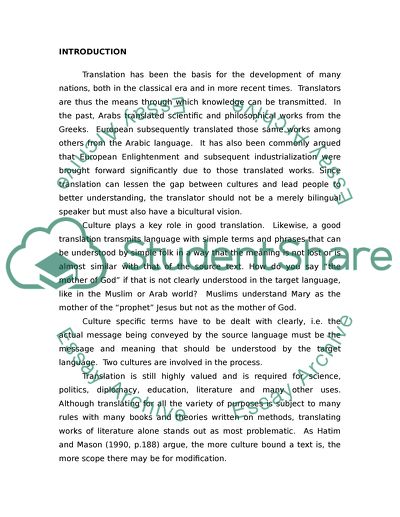Cite this document
(Arabic Version of The Da Vinci Code Literature review, n.d.)
Arabic Version of The Da Vinci Code Literature review. https://studentshare.org/literature/1533319-arabic-version-of-the-da-vinci-code
Arabic Version of The Da Vinci Code Literature review. https://studentshare.org/literature/1533319-arabic-version-of-the-da-vinci-code
(Arabic Version of The Da Vinci Code Literature Review)
Arabic Version of The Da Vinci Code Literature Review. https://studentshare.org/literature/1533319-arabic-version-of-the-da-vinci-code.
Arabic Version of The Da Vinci Code Literature Review. https://studentshare.org/literature/1533319-arabic-version-of-the-da-vinci-code.
“Arabic Version of The Da Vinci Code Literature Review”. https://studentshare.org/literature/1533319-arabic-version-of-the-da-vinci-code.


